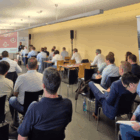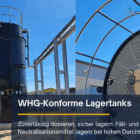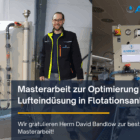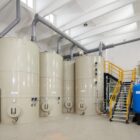A lifting unit is a water technology system that transports wastewater or wastewater from low-lying areas such as basements or below the backflow level into the sewer network or other wastewater pipe systems. It is indispensable in buildings and industrial plants where the wastewater cannot be drained away by natural gradients. Lifting systems are used in the private, commercial and industrial sectors.
Structure and components
A typical lifting unit consists of the following main components:
Collection container
- Catches the waste water before it is pumped out. This tank is gas and water-tight to prevent unpleasant odors.
Pump(s)
- The core of the system. Submersible pumps or dry-installed pumps are usually used to discharge the wastewater with sufficient pressure. In industrial applications, multi-pump systems are often used to increase operational reliability.
Non-return valve
- Prevents waste water that has already been pumped out from flowing back into the collection tank.
Control system
- Controls the pump function and monitors fill levels. Modern control systems enable the integration of monitoring and diagnostic systems, which also offer remote maintenance and fault analysis.
Functionality
The wastewater flows into the collection tank of the lifting unit, where a level sensor or float switch activates the pump system as soon as a certain level is reached. The pump transports the wastewater through the pressure pipe above the backflow level into the sewer system or a sewage treatment plant. Check valves ensure that no water can flow back.
Areas of application
Residential building
- In cellars, for sanitary facilities, washing machines or showers below the backflow level.
Industry and trade
- In manufacturing plants and production halls where large quantities of waste water or dirty water are produced, e.g. in food processing, chemical or metal industries.
- As an intermediate step in large wastewater treatment plants to transport wastewater between different treatment steps.
Power plants and cooling water systems
- For draining and recycling cooling water, often in combination with filtration and chemical dosing systems.
Technical requirements
The design of a lifting unit depends on the specific requirements of the location:
- Delivery rate and delivery head
- These parameters are crucial for the efficient discharge of wastewater.
- Medium properties
- Depending on the type of contamination. Lifting units can pump clear water, waste water or faeces.
- Reliability and redundancy
- In critical applications, such as in industry, attention is paid to maximum operational reliability through redundancy and automatic emergency operating systems.
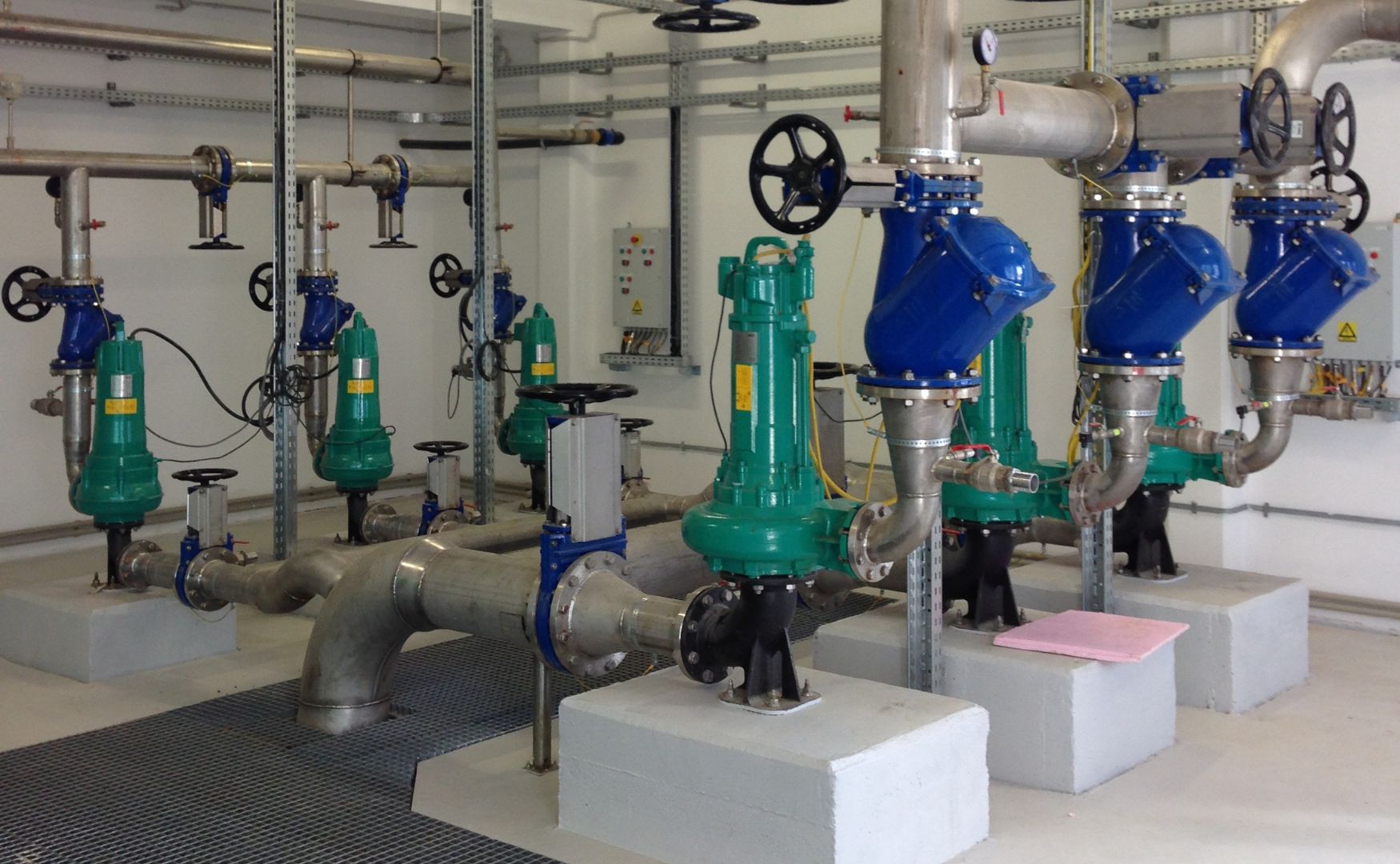
Photo: Lifting unit of one of our water treatment plants
Lifting systems from ALMAWATECH
ALMAWATECH offers customized lifting systems that are specially designed for industrial applications. Our systems are characterized by robust construction, energy-efficient pumps and modern control technology. We also support our customers with remote maintenance and online support to ensure operation and compliance with legal requirements.
Conclusion
Lifting systems are indispensable components in water and wastewater technology. They ensure reliable wastewater disposal, even in difficult height conditions, and make a significant contribution to operational safety in industry and commerce. Professional planning and maintenance by specialist providers such as ALMAWATECH can maximize the efficiency and service life of these systems.
For further information on our products, please feel free to contact us at any time!



